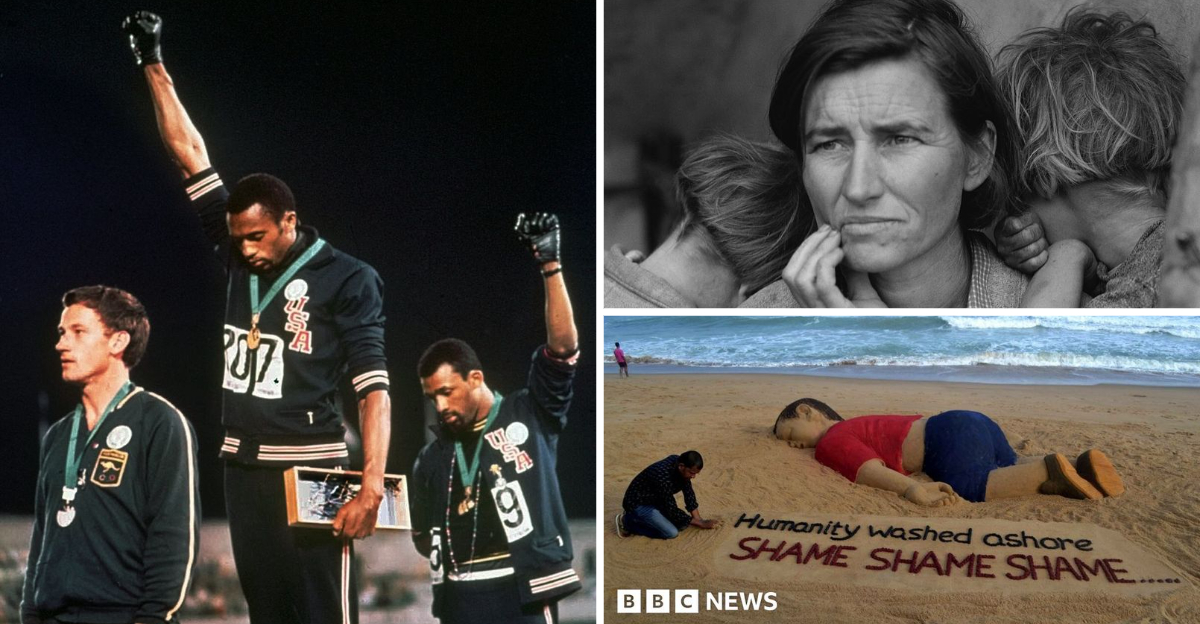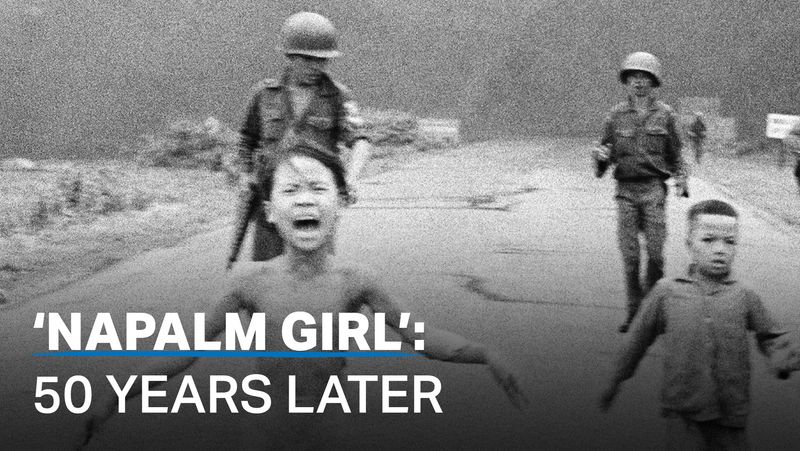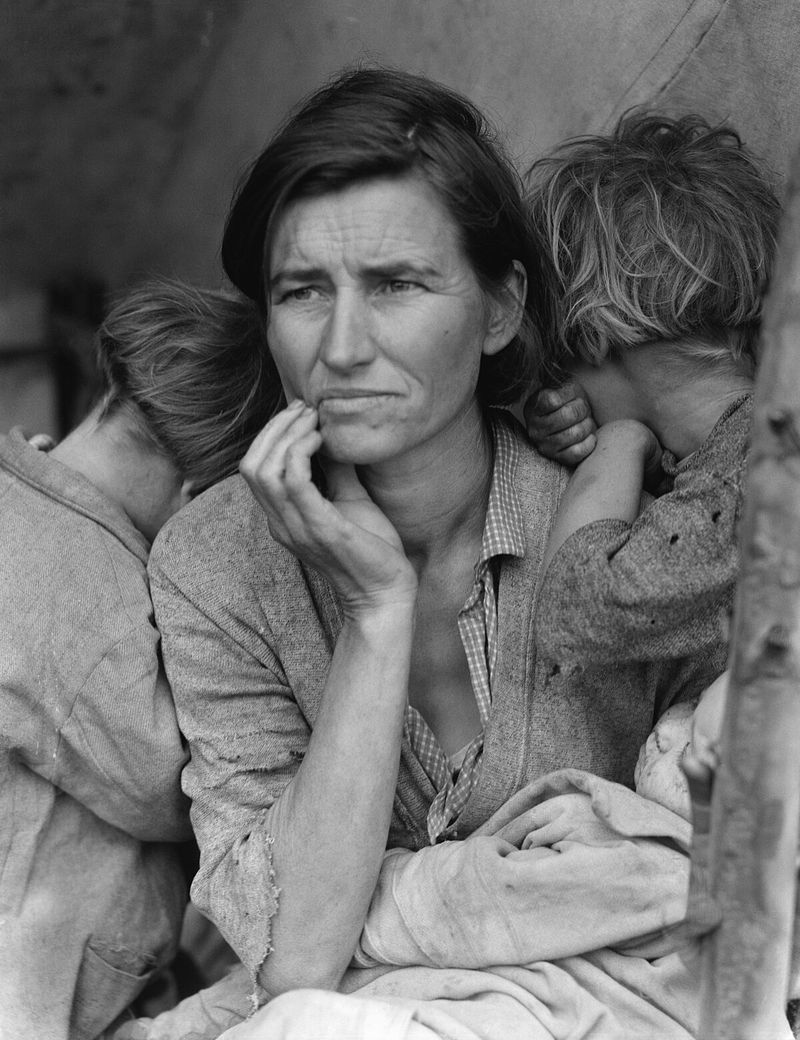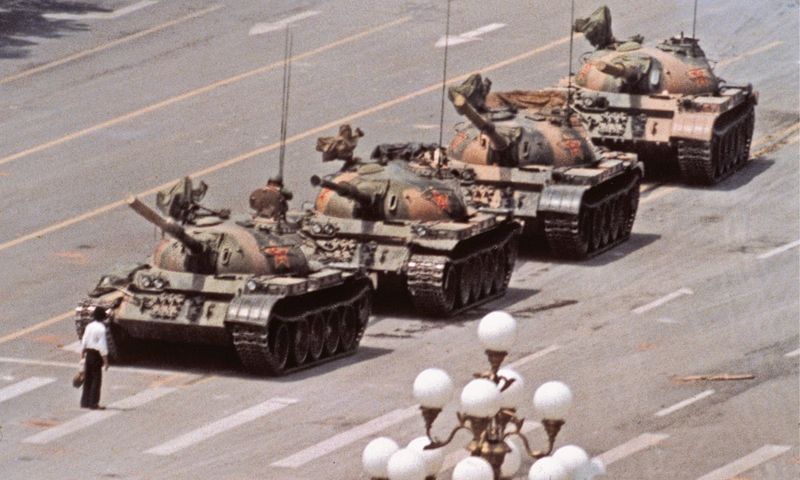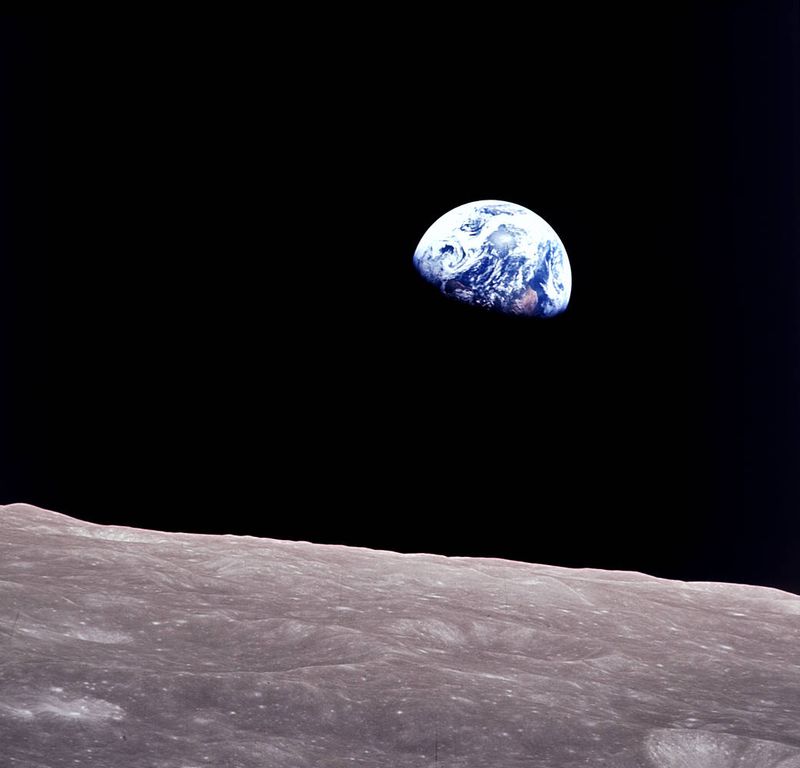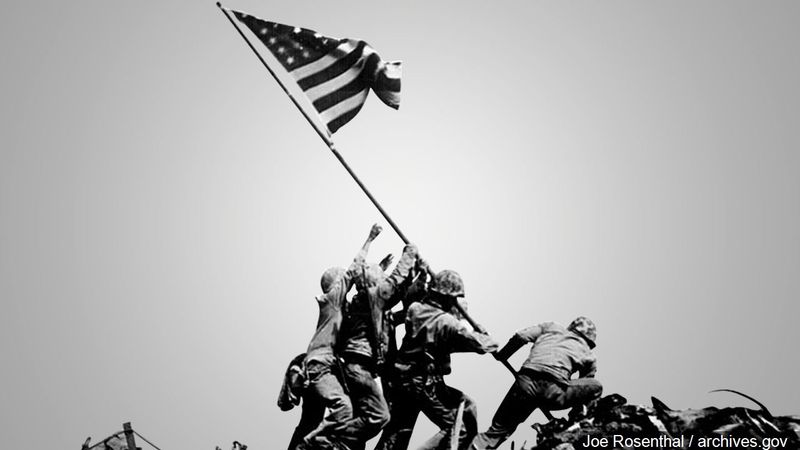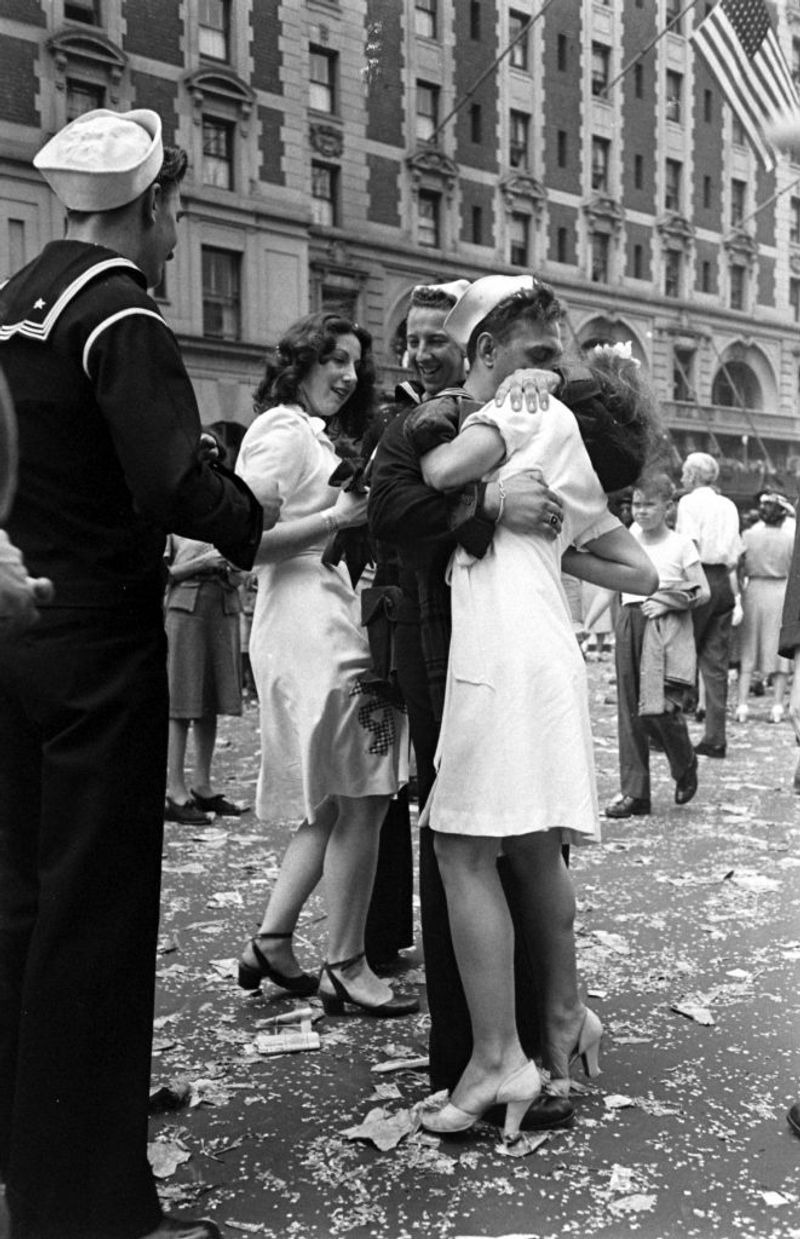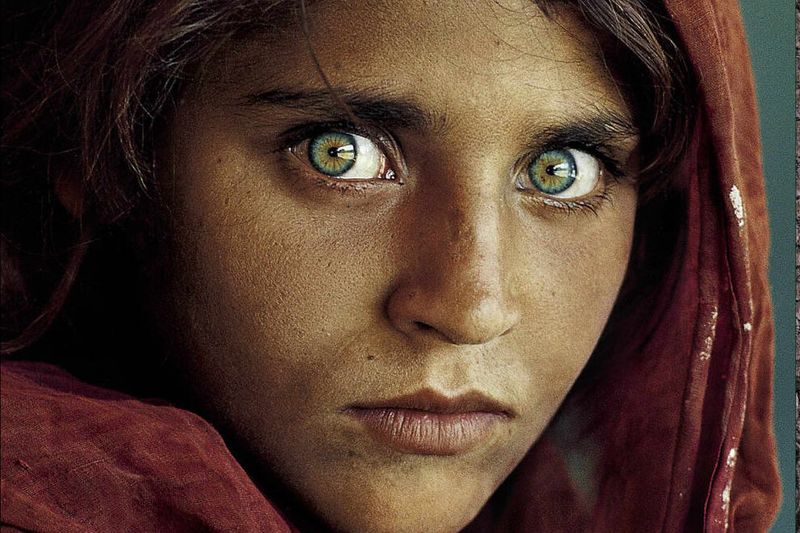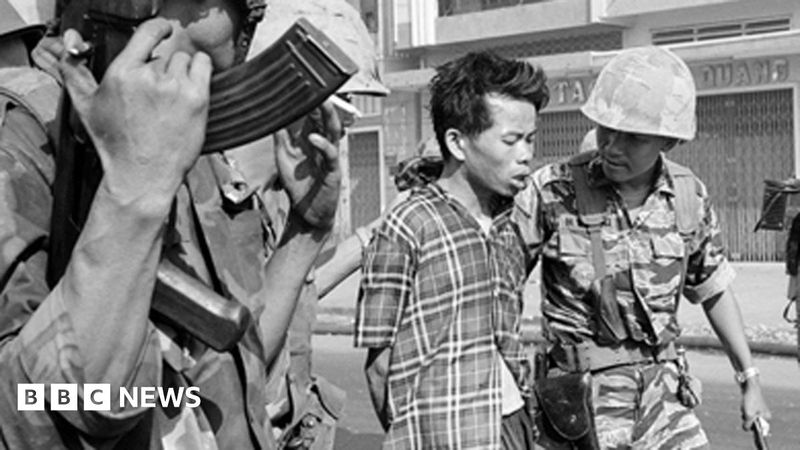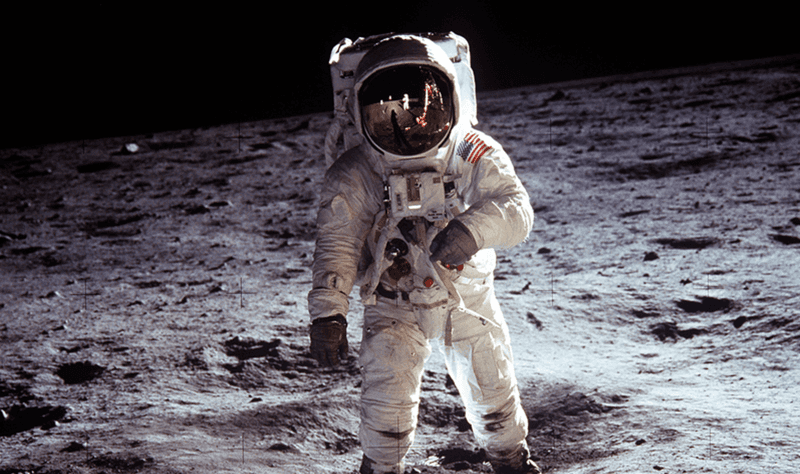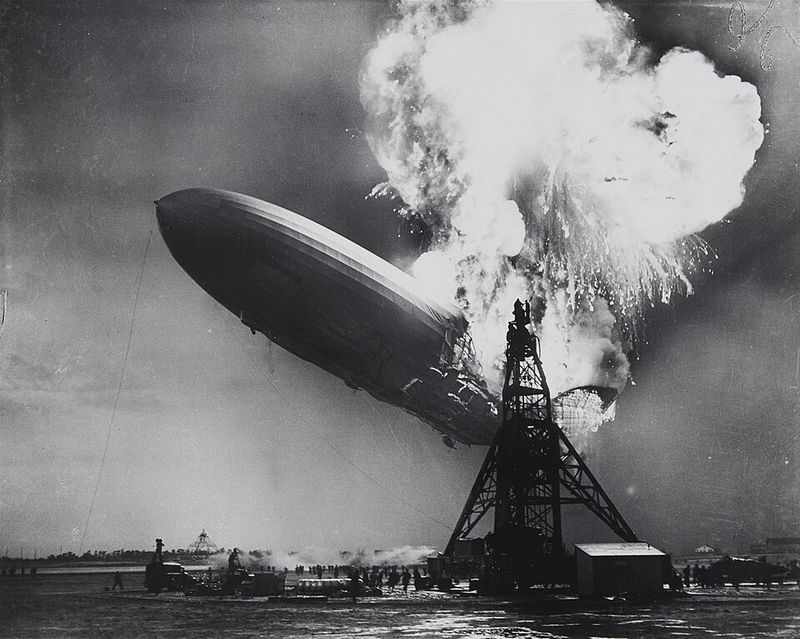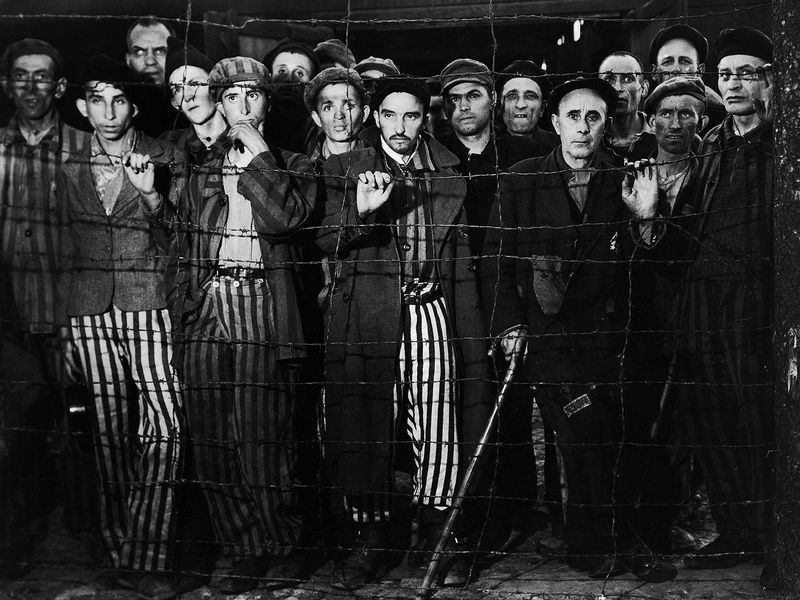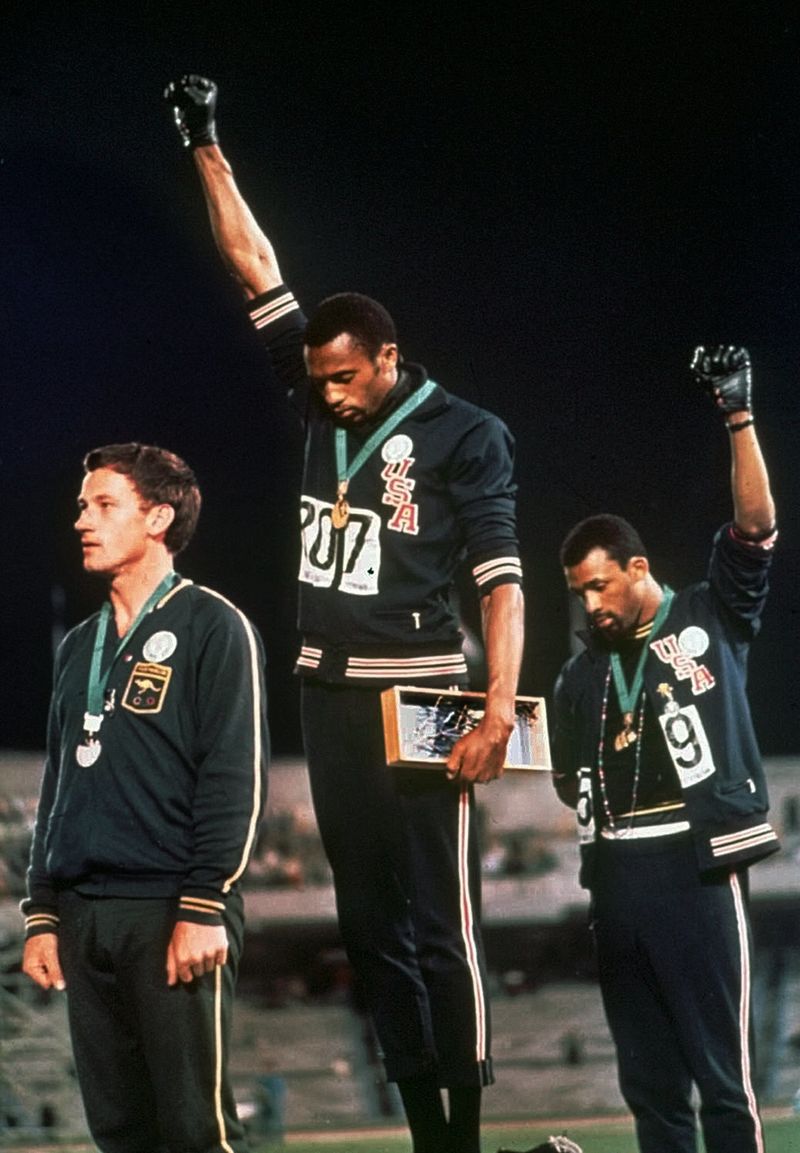Photography has the power to capture moments that transcend time, influencing society, culture, and history. Some photographs become iconic, encapsulating profound human experiences, emotions, and events.
This collection of fifteen photographs represents pivotal moments in history, each narrating a story that changed lives and perspectives forever.
These images stir emotions, provoke thought, and inspire change, illustrating the undeniable impact of visual storytelling. Explore these timeless photographs that have shaped the world we know today.
1. Napalm Girl
The “Napalm Girl,” an unforgettable image from the Vietnam War, depicts nine-year-old Phan Thi Kim Phuc fleeing a devastating napalm attack. Captured by photographer Nick Ut in 1972, this haunting image reveals the sheer terror and anguish of war, as Kim Phuc’s naked, burned body runs towards the camera, embodying innocence caught in the brutality of conflict.
The photograph’s impact was immediate, contributing to the growing anti-war sentiment in the United States and beyond. It highlighted the horrors of war, compelling viewers worldwide to question the human cost of military actions.
The image remains an enduring symbol of the Vietnam War, illustrating the innocence lost amidst the chaos of battle.
2. Migrant Mother
Dorothea Lange’s “Migrant Mother” is one of the most poignant images of the Great Depression. Captured in 1936, it portrays Florence Owens Thompson, a destitute mother of seven, embodying the despair and resilience of an entire generation. Her weary gaze and lined face narrate a story of hardship, survival, and the relentless human spirit.
This photograph became an emblem of the era, sparking public empathy and governmental action to aid struggling families.
It reminds us of the power of visual storytelling to evoke compassion and drive societal change, transcending its historical context to remain relevant today.
3. Tank Man
The courageous defiance of “Tank Man” during the Tiananmen Square protests in 1989 captures the essence of individual bravery against overwhelming power. This anonymous figure, armed only with shopping bags, halted a line of tanks, symbolizing the struggle for freedom and human rights.
Photographers present at the scene immortalized this act of resistance, broadcasting it worldwide and galvanizing a global outcry for democratic reform in China.
Though his identity remains unknown, “Tank Man” continues to inspire movements advocating for freedom and justice, standing as a testament to the power of individual conviction against oppression.
4. Earthrise
The “Earthrise” photograph, taken during the Apollo 8 mission in 1968, offers a breathtaking view of Earth from the Moon’s orbit. Captured by astronaut William Anders, this image shows our planet as a beautiful, fragile sphere amidst the vastness of space.
“Earthrise” transformed our perception of Earth, emphasizing its fragility and interconnectedness. It became iconic, fueling the environmental movement and reminding humanity of our shared responsibility to protect our home.
This photograph is more than a scientific achievement; it is a profound reflection on the unity and vulnerability of life on Earth, inspiring generations to appreciate and preserve our world.
5. The Falling Man
Richard Drew’s “The Falling Man” captures a single, heart-wrenching moment during the 9/11 attacks. The photograph, depicting a man tumbling headfirst with the World Trade Center as the backdrop, evokes the unimaginable desperation faced by those trapped in the towers.
Published in newspapers worldwide, it stirred controversy and debate over the ethics of documenting tragedy.
Despite its contentious nature, the image remains a powerful reminder of the human cost of terrorism and the individual stories behind massive tragedies. It confronts viewers with the stark reality of that fateful day, immortalizing a moment of profound vulnerability.
6. Raising the Flag on Iwo Jima
Joe Rosenthal’s “Raising the Flag on Iwo Jima” is one of the most celebrated images from World War II. It shows six Marines raising the American flag on Mount Suribachi, symbolizing victory, sacrifice, and unity.
This photograph captured a pivotal moment during the Battle of Iwo Jima, embodying the resolve and camaraderie of soldiers. It quickly became a symbol of American resilience, inspiring morale on the home front and among troops.
The image has since become an enduring icon, representing the courage and determination of those who fought in the war, transcending its historical moment to inspire patriotism.
7. V-J Day Kiss in Times Square
The “V-J Day Kiss in Times Square,” captured by Alfred Eisenstaedt, became an iconic representation of celebration and relief at the end of World War II. In this spontaneous moment, a sailor passionately kisses a nurse amidst a jubilant crowd in New York City, 1945.
The photograph symbolizes the joy and hope that followed the war’s end, encapsulating a shared sense of victory and peace.
Despite debates about its spontaneity and consent, the image remains an enduring emblem of post-war euphoria, a testament to the collective relief and optimism that marked this historical turning point.
8. The Green-Eyed Afghan Girl
Steve McCurry’s photograph of the “Green-Eyed Afghan Girl” became one of National Geographic’s most famous covers. Captured in 1985, it portrays Sharbat Gula, a 12-year-old Afghan refugee with mesmerizing green eyes.
The image captivated the world, symbolizing the plight of refugees and the human impact of conflict.
Beyond its aesthetic appeal, the photograph highlighted the resilience and beauty found amidst adversity, drawing attention to global refugee crises. It remains a powerful narrative of human strength and vulnerability, emphasizing the stories behind statistics and headlines.
9. Execution of Nguyễn Văn Lém
Eddie Adams’ photograph of the “Execution of Nguyễn Văn Lém” offers a brutal glimpse into the Vietnam War’s realities. Captured in 1968, it shows South Vietnamese General Nguyễn Ngọc Loan executing a Viet Cong prisoner on a Saigon street.
This shocking image laid bare the war’s violence and moral complexities, sparking outrage and debate.
The photograph’s visceral impact contributed to shifting public opinion against the war, illustrating the power of visual media to influence perception and policy. It remains a poignant reminder of the war’s human cost, capturing an infamous, unsettling moment.
10. Alan Kurdi
The heart-wrenching image of Alan Kurdi, a Syrian toddler whose lifeless body washed ashore, became a stark symbol of the refugee crisis in 2015. This photograph, taken by Nilüfer Demir, portrayed the devastating human cost of conflict and migration.
Alan’s story resonated worldwide, evoking empathy and urgent calls for action to address the refugee crisis.
The image transcended statistics, reminding the world of the individual lives affected by war and displacement. It galvanized humanitarian efforts, serving as a poignant reminder of the ongoing struggle faced by millions seeking safety and a better future.
11. Man on the Moon
The “Man on the Moon” photograph, capturing Neil Armstrong during the Apollo 11 mission in 1969, represents a monumental achievement in human history. In his white spacesuit, Armstrong stands beside the American flag, embodying the triumph of human ingenuity and exploration.
This image symbolizes the culmination of the Space Race, inspiring awe and scientific curiosity globally.
Beyond its historic significance, the photograph serves as a reminder of humanity’s potential to reach beyond our earthly bounds. It continues to inspire dreams of exploration and discovery, celebrating the spirit of innovation and adventure.
12. John Lennon and Yoko Ono
Annie Leibovitz’s final photograph of John Lennon and Yoko Ono, taken just hours before Lennon’s assassination in 1980, captures an intimate, tender moment. Lennon, nude, curls around a fully clothed Ono, symbolizing their deep bond and vulnerability.
This poignant image became iconic, representing both love and loss, embodying the end of an era in music and culture.
The photograph holds a timeless place in pop culture, encapsulating the unique relationship between Lennon and Ono while reminding the world of life’s fragile, fleeting nature. It remains an enduring tribute to Lennon’s legacy.
13. The Hindenburg Disaster
The Hindenburg Disaster, captured in a dramatic photograph in 1937, marked the end of the airship era. This iconic image shows the German passenger airship engulfed in flames as it crashes in New Jersey, resulting in 36 lives lost.
The photograph’s immediacy and the accompanying radio broadcast shocked the world, highlighting the risks of airship travel.
It quickly became a symbol of technological failure and human tragedy, influencing the future of aviation. The image remains a powerful reminder of the event’s impact, encapsulating the awe and horror of witnessing history unfold.
14. Buchenwald Concentration Camp Survivors
The photograph of Buchenwald concentration camp survivors, taken after liberation in 1945, offers a haunting glimpse into the Holocaust’s horrors. The image displays emaciated men behind barbed wire, their hollow eyes reflecting unfathomable suffering and resilience.
This photograph became crucial in revealing the Nazi regime’s atrocities, galvanizing global condemnation and ensuring that such crimes would not be forgotten.
Beyond its historical significance, the image serves as a poignant reminder of the human capacity for cruelty and survival. It stands as a testament to the enduring spirit of those who lived through unimaginable horrors.
15. Black Power Salute
The “Black Power Salute” photograph, taken during the 1968 Olympics, captures a powerful moment of protest. Athletes Tommie Smith and John Carlos raised their fists in a silent salute during the medal ceremony, symbolizing the fight for racial equality and civil rights.
Their courageous gesture, displayed on a global stage, drew attention to racial injustices in America, sparking both support and controversy.
This iconic image continues to resonate, representing the intersection of sports and activism. It embodies the athletes’ bravery and commitment to social justice, inspiring future generations to use their platforms for change.
